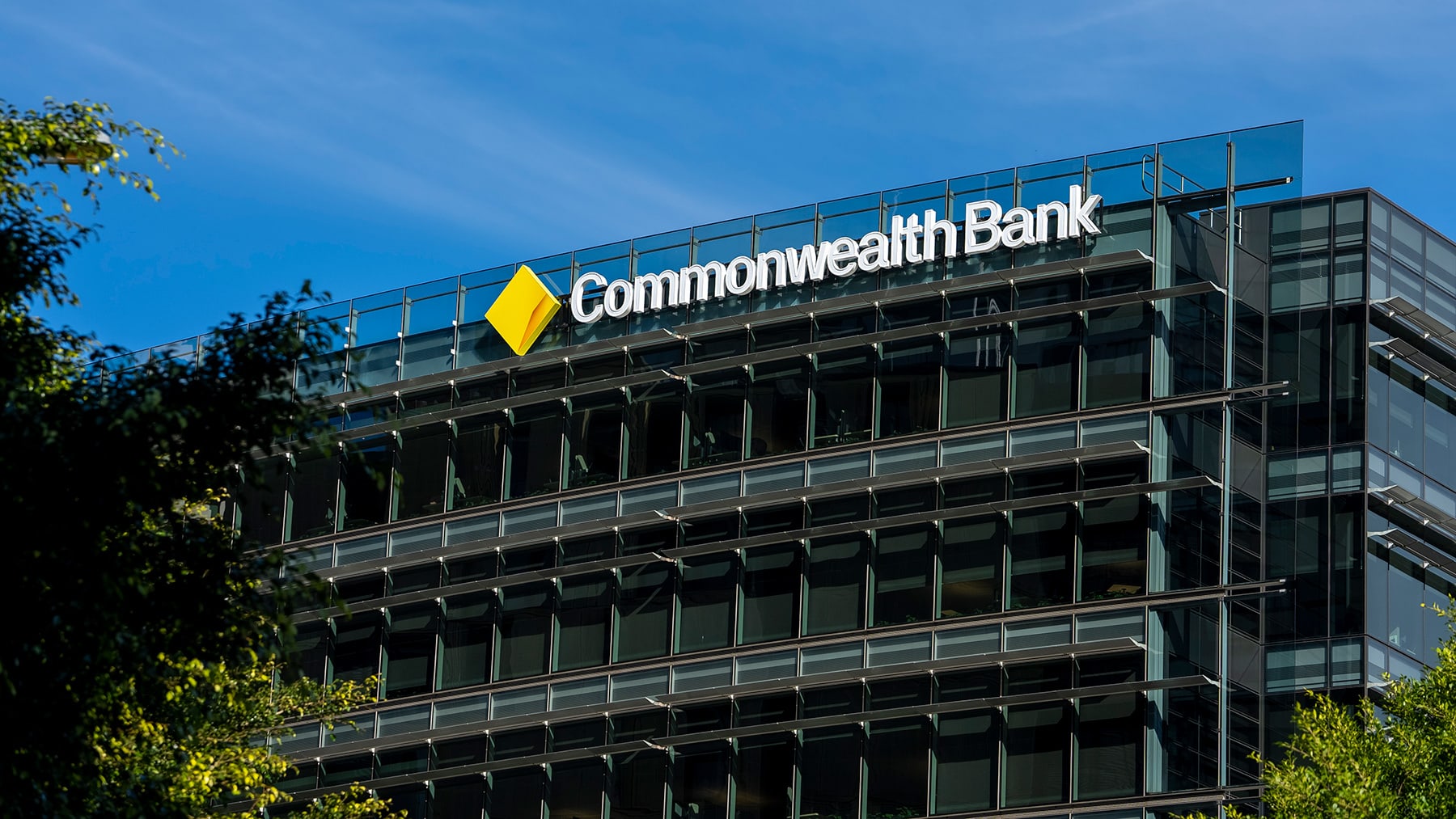Borrow
Banks report $14.4bn profit amid pressure on net interest margins
Australia’s major banks have reported a significant boost to their bottom lines and returns in the first half of the 2022 financial year, signaling sector-wide resilience despite persistent pressure on their net interest margins (NIM).
Banks report $14.4bn profit amid pressure on net interest margins
Australia’s major banks have reported a significant boost to their bottom lines and returns in the first half of the 2022 financial year, signaling sector-wide resilience despite persistent pressure on their net interest margins (NIM).

Indicating a healthy outlook for Australia’s network of major banks, a new analysis from professional services network KPMG revealed big banks raked in a combined after-tax cash profit from continuing operations of $14.4 billion in the first half of 2022.
This translates into a 5.1 per cent increase against the comparable period in 2021, indicating that bank profits are returning to their pre-COVID levels despite remaining “slightly” down, by 0.4 per cent, on the results clocked in the first half of the 2019 financial year.
According to the KPMG report, the growth in cash profits hinged on the increase in total operating income (on a cash basis), which edged up 0.8 per cent on the year, rising from $39.6 billion to $39.9 billion.
“Off the back of this earnings growth, the Majors’ return on equity (ROE) has risen to 10.6 per cent from 10.4 per cent in FY21,” the report found.

Continuously strong volumes in both mortgage and business lending contributed to a lift in operating incomes, KPMG explained.
The firm’s head of banking and capital markets, Steve Jackson, said the major banks have successfully capitalised on the recovery of the Australian economy and the strong housing market performance to deliver improved financial results.
“With returns on equity in the sector now again restored to double digits but with uncertainty ahead, it will be interesting to see how they maintain their current momentum,” Mr Jackson said.
But despite the apparent resilience in banking profits, KPMG pointed to a decrease in net interest margins with the average NIM for the major banks down 13 basis points to 175.
“The industry-wide depressed NIMs have been the primary brake on the majors’ profit growth,” the KPMG report said.
KPMG’s banking strategy lead Hessel Verbeek said the market dynamic has been dominated by the NIM decrease resulting from low lending rates in a very competitive market and strong demand for low margin fixed rate mortgages.
“This downward pressure has only partially been offset by lower funding costs from near-zero deposit rates. The impacts of an extended period of low interest rates are deeply baked into net interest margins,” Mr Verbeek said.
Moving forward, the RBA’s recent rate rise has signalled the end of the prolonged period of ultra-low interest rates, creating a general expectation that this will support a recovery of NIMs.
“We expect to see the dual impacts of both net interest margin relief and higher levels of mortgage book stress, as RBA interest rates are expected to increase several times. However, these impacts will take their time to pull through as both margins and book quality have built up their momentum over a long period of low rates,” said Verbeek.
Another interesting development highlighted by KPMG when looking at the major’s results has been the decrease in balance sheet strength, with the average CET1 ratio declining by 90 basis points to a still very strong 11.8 per cent.
KPMG noted that while in recent years, the majors have been shoring up their capital position through divestments and lower dividend pay-out ratios, this trend appears to have ended.
“We may have reached an inflection point on balance sheet strength. This signals that the Majors have left the recent disruptions behind them, and are now charting a new course. They are starting to ‘draw down’ on the balance sheet ‘deposits’ they have been making since 2020,” said KPMG banking partner Maria Trinci.

Banking
Brokers own the mortgage funnel: Why a 77% share is reshaping bank strategy in Australia
Australia’s mortgage market has quietly consolidated around one gatekeeper: the broker. With brokers facilitating roughly 77% of new home loans, distribution power has migrated from bank branches to ...Read more

Banking
Commonwealth Bank leads consideration while People First Bank tops satisfaction in YouGov’s latest rankings
In a revealing snapshot of Australia's banking landscape, the Commonwealth Bank (CBA) has emerged as the most considered financial institution among prospective customers, according to YouGov's ...Read more

Banking
End of the easing: what a major bank’s call signals for Australian balance sheets
A major Australian bank now argues the Reserve Bank’s rate-cut run has hit a pause, resetting the risk-free rate narrative across corporate Australia. The Reserve Bank of Australia’s latest Statement ...Read more

Banking
Open banking, real returns: How an Australian brokerage turned CDR data into deal velocity
Open banking is no longer a whiteboard theory—it’s a working growth engine. This case study unpacks how a mid-sized Australian brokerage (“Pink Finance”) operationalised Consumer Data Right (CDR) data ...Read more

Banking
Open banking’s quiet revolution: how one broker’s data play rewrites speed, trust and margin
Open banking is shifting from compliance cost to commercial engine, and early adopters in Australia’s broking market are already monetising the curve. The playbook: consented bank-grade data piped ...Read more

Banking
Open banking in action: An early adopter’s playbook—and the ROI case for Australian brokers
Open banking is shifting from conference buzzword to operational backbone in Australia’s broking sector. Early adopters are using bank-grade data and AI to compress underwriting cycles, cut compliance ...Read more

Banking
Australian brokerage pedals ahead using consented data for a speedy advantage
Open banking is no longer a concept; it is an operating model shift changing how brokers originate and package credit. Australia’s early movers, backed by the Consumer Data Right (CDR) and a ...Read more

Banking
BOQ’s mortgage squeeze is a market signal: where banks will win next as competition bites
Bank of Queensland’s shrinking home-loan book is more than a single-institution story; it’s a barometer of how Australia’s mortgage market is being rewired by broker power, non-bank agility and ...Read more

Banking
Brokers own the mortgage funnel: Why a 77% share is reshaping bank strategy in Australia
Australia’s mortgage market has quietly consolidated around one gatekeeper: the broker. With brokers facilitating roughly 77% of new home loans, distribution power has migrated from bank branches to ...Read more

Banking
Commonwealth Bank leads consideration while People First Bank tops satisfaction in YouGov’s latest rankings
In a revealing snapshot of Australia's banking landscape, the Commonwealth Bank (CBA) has emerged as the most considered financial institution among prospective customers, according to YouGov's ...Read more

Banking
End of the easing: what a major bank’s call signals for Australian balance sheets
A major Australian bank now argues the Reserve Bank’s rate-cut run has hit a pause, resetting the risk-free rate narrative across corporate Australia. The Reserve Bank of Australia’s latest Statement ...Read more

Banking
Open banking, real returns: How an Australian brokerage turned CDR data into deal velocity
Open banking is no longer a whiteboard theory—it’s a working growth engine. This case study unpacks how a mid-sized Australian brokerage (“Pink Finance”) operationalised Consumer Data Right (CDR) data ...Read more

Banking
Open banking’s quiet revolution: how one broker’s data play rewrites speed, trust and margin
Open banking is shifting from compliance cost to commercial engine, and early adopters in Australia’s broking market are already monetising the curve. The playbook: consented bank-grade data piped ...Read more

Banking
Open banking in action: An early adopter’s playbook—and the ROI case for Australian brokers
Open banking is shifting from conference buzzword to operational backbone in Australia’s broking sector. Early adopters are using bank-grade data and AI to compress underwriting cycles, cut compliance ...Read more

Banking
Australian brokerage pedals ahead using consented data for a speedy advantage
Open banking is no longer a concept; it is an operating model shift changing how brokers originate and package credit. Australia’s early movers, backed by the Consumer Data Right (CDR) and a ...Read more

Banking
BOQ’s mortgage squeeze is a market signal: where banks will win next as competition bites
Bank of Queensland’s shrinking home-loan book is more than a single-institution story; it’s a barometer of how Australia’s mortgage market is being rewired by broker power, non-bank agility and ...Read more








